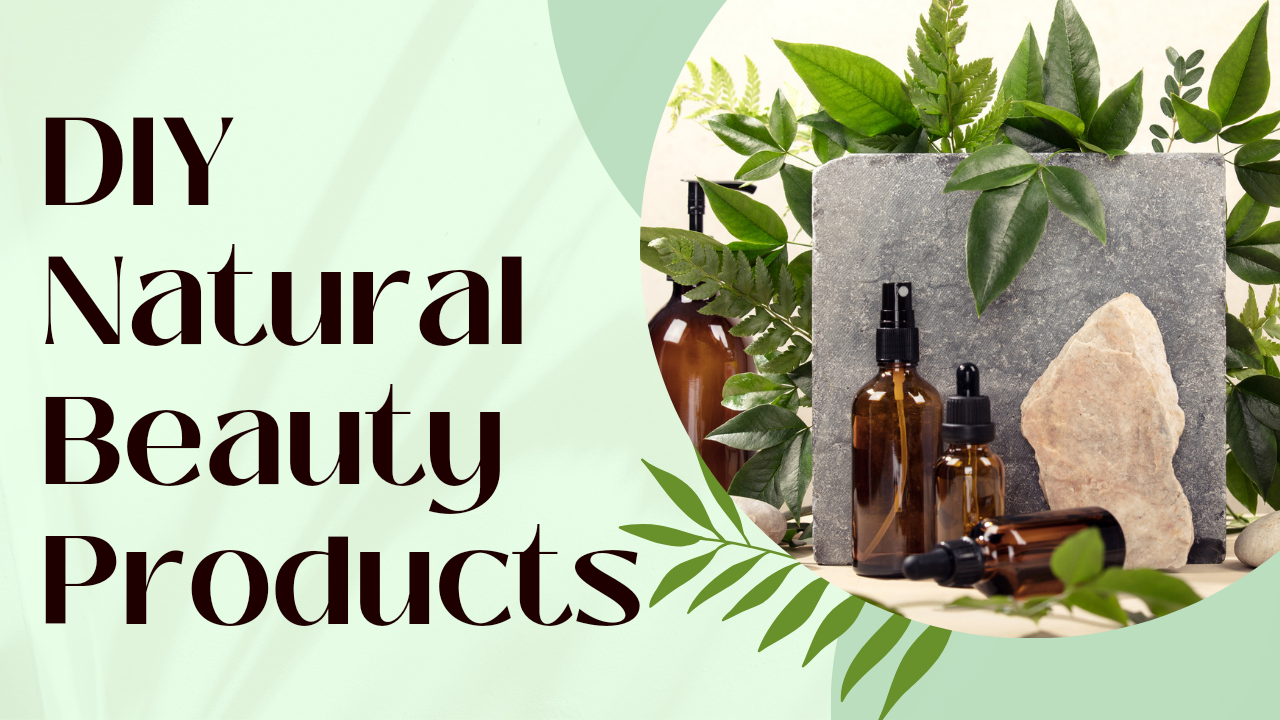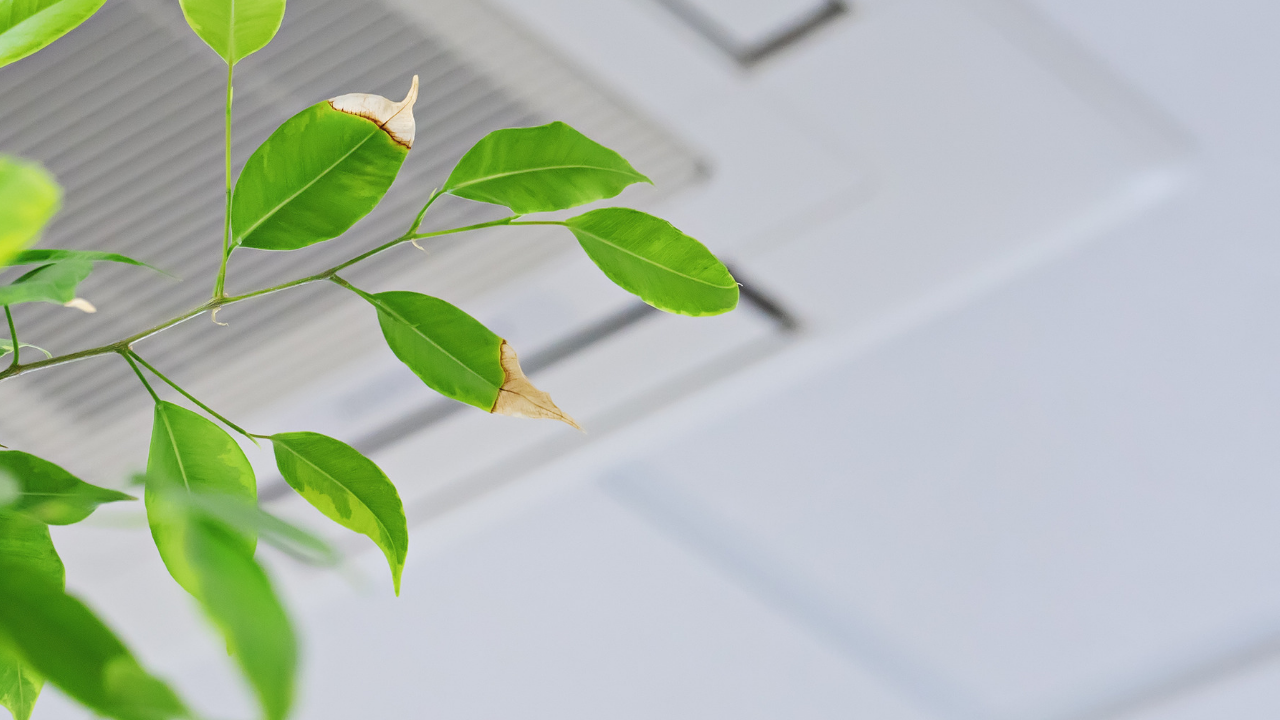In-Depth Easy Home Gardening Tips for Beginners
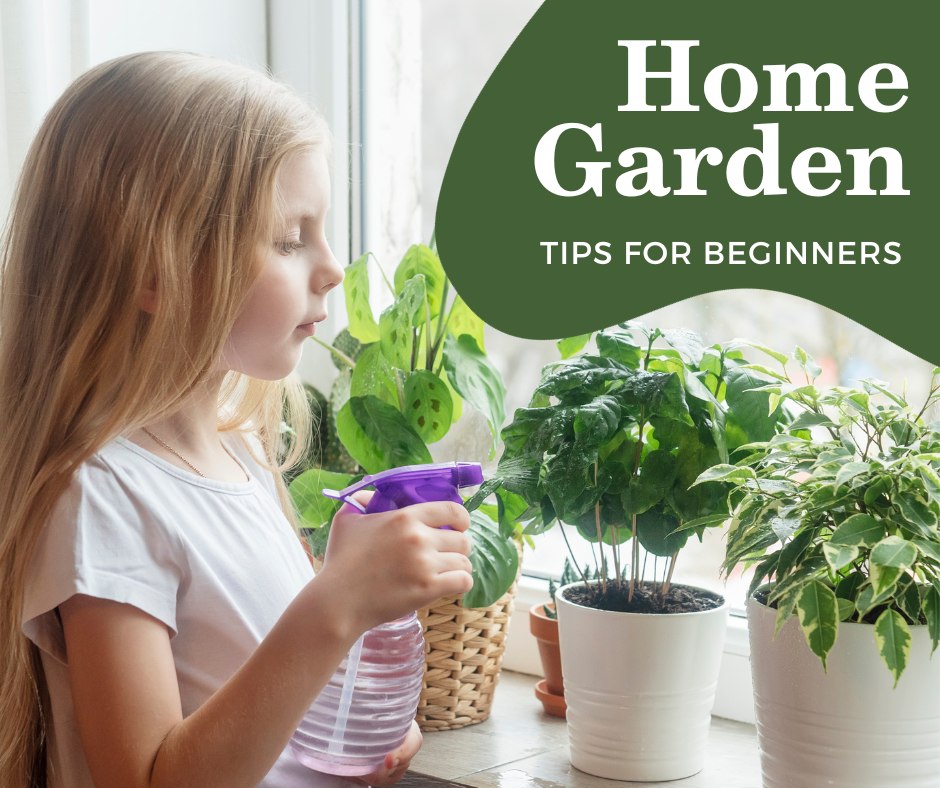
In the embrace of urban living, the allure of cultivating your own green haven at home has become an increasingly popular pursuit. For beginners eager to embark on this botanical journey, we present a comprehensive guide featuring detailed insights and step-by-step instructions on turning your living space into a flourishing garden retreat.
Quick Links:
- Choosing the Right Plants
- Essential Gardening Tools
- Optimizing Sunlight and Watering
- Soil Preparation Techniques
- Troubleshooting Common Issues
Choosing the Right Plants
Plant Selection: When initiating your gardening endeavor, the first crucial step is choosing plants that align with your surroundings and skill level. Opt for beginner-friendly options such as succulents, herbs, or robust flowering plants like marigolds. These varieties are known for their resilience and relatively low maintenance.

Consider Your Environment: Assess the environmental conditions of your living space. Take note of sunlight exposure and climate specifics. Some plants thrive in direct sunlight, while others prefer shaded areas. Tailoring your plant selection to your environment sets the foundation for a successful garden.
Start Small: For novice gardeners, it’s advisable to start small. Begin with a few well-chosen plants and gradually expand your collection as you gain confidence and experience. This approach allows you to focus on each plant’s specific needs and observe their growth patterns.
Essential Gardening Tools
Invest in Quality Tools: Equipping yourself with the right gardening tools is pivotal to your success. A sturdy trowel, pruning shears, watering can, and gloves are fundamental items every gardener should possess. These tools make tasks like planting, trimming, and watering more efficient, ensuring a smoother gardening experience
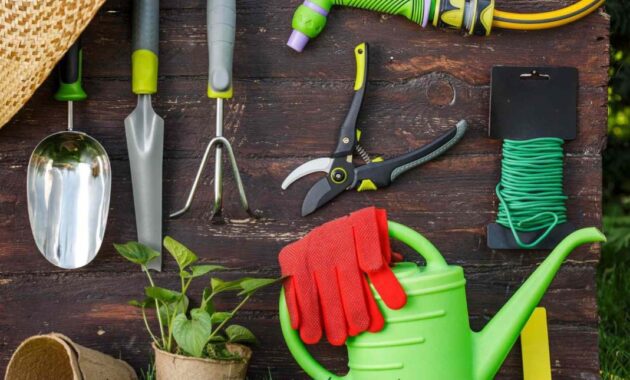
Tool Maintenance: Regularly maintain and clean your gardening tools to prolong their lifespan. Dirty or rusty tools can hinder your gardening efforts and potentially harm your plants. A well-maintained toolkit contributes to the overall health and vitality of your garden.
Optimizing Sunlight and Watering
Sunlight Requirements: Understanding the sunlight needs of your plants is essential. Different plants have varying requirements, ranging from full sunlight to partial shade. Position sun-loving plants in areas that receive ample sunlight, while shade-tolerant varieties flourish in less sunny spots. Observation is key to determining the ideal placement for each plant.
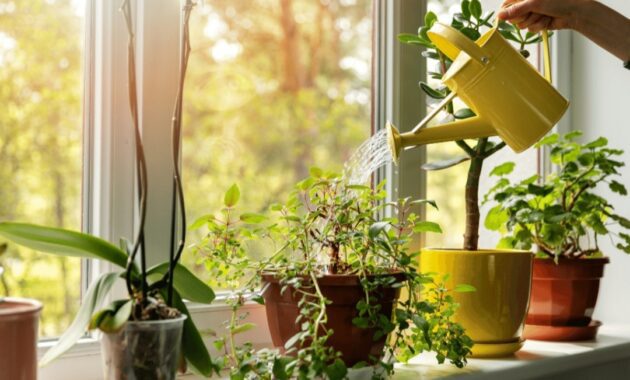
Watering Techniques: Create a consistent watering schedule based on the specific needs of your plants. Overwatering or underwatering can lead to issues such as root rot or dehydration. Invest in a quality watering can with a fine spray nozzle for gentle and precise watering. Consider factors like soil type and drainage to tailor your watering routine to each plant’s requirements.
Soil Preparation Techniques
Importance of Healthy Soil: Healthy plants start with healthy soil. Enhance your soil’s fertility by incorporating organic matter such as compost. Compost enriches the soil with essential nutrients, promotes better water retention, and enhances drainage. Well-nourished soil forms the cornerstone for a thriving garden.
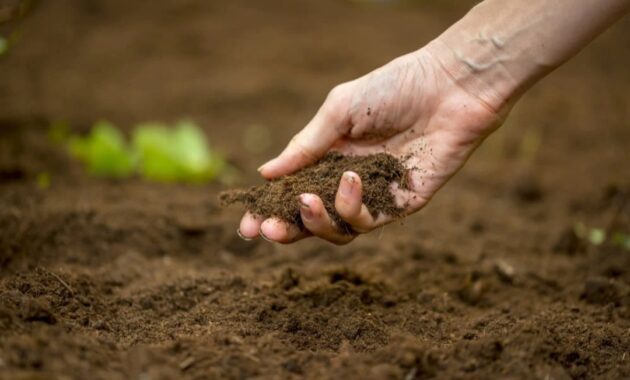
Composting Basics: Start your composting journey by collecting kitchen scraps, yard waste, and organic materials. Composting not only reduces waste but also creates nutrient-rich compost that boosts soil health. Integrate compost into your garden beds to provide a sustainable source of nourishment for your plants.
Troubleshooting Common Issues
Pest Management: Despite your best efforts, pests may pose a threat to your garden. Research natural pest control methods to address issues without resorting to harsh chemicals. Companion planting, introducing beneficial insects, and using natural repellents can help maintain a balance in your garden ecosystem.
Nutrient Deficiencies: Monitor your plants for signs of nutrient deficiencies, such as yellowing leaves or stunted growth. Addressing these issues promptly ensures the overall well-being of your garden. Consider organic fertilizers or soil amendments to provide the necessary nutrients your plants require for optimal growth.
Conclusion
Embarking on the journey of home gardening is a gratifying experience that unfolds gradually, requiring attention, care, and a touch of patience. By choosing the right plants, investing in essential tools, optimizing sunlight and watering, preparing nutrient-rich soil, and troubleshooting common issues, you pave the way for a lush and thriving garden.
As you immerse yourself in the world of home gardening, remember that each plant has its unique story to tell, and your role is to nurture and cultivate this green narrative. Enjoy the process, observe the beauty of growth, and savor the rewards of your dedication.
Happy gardening!
